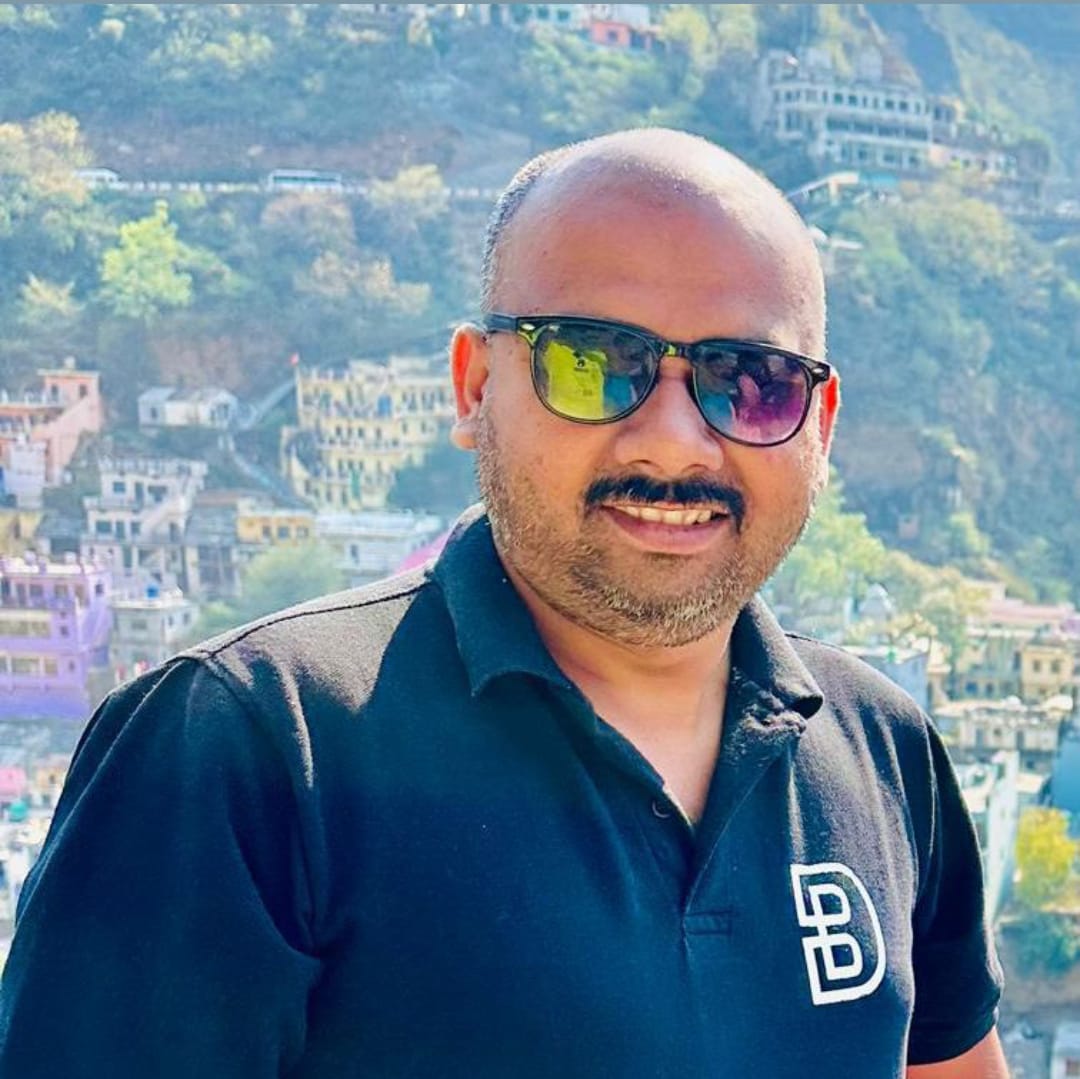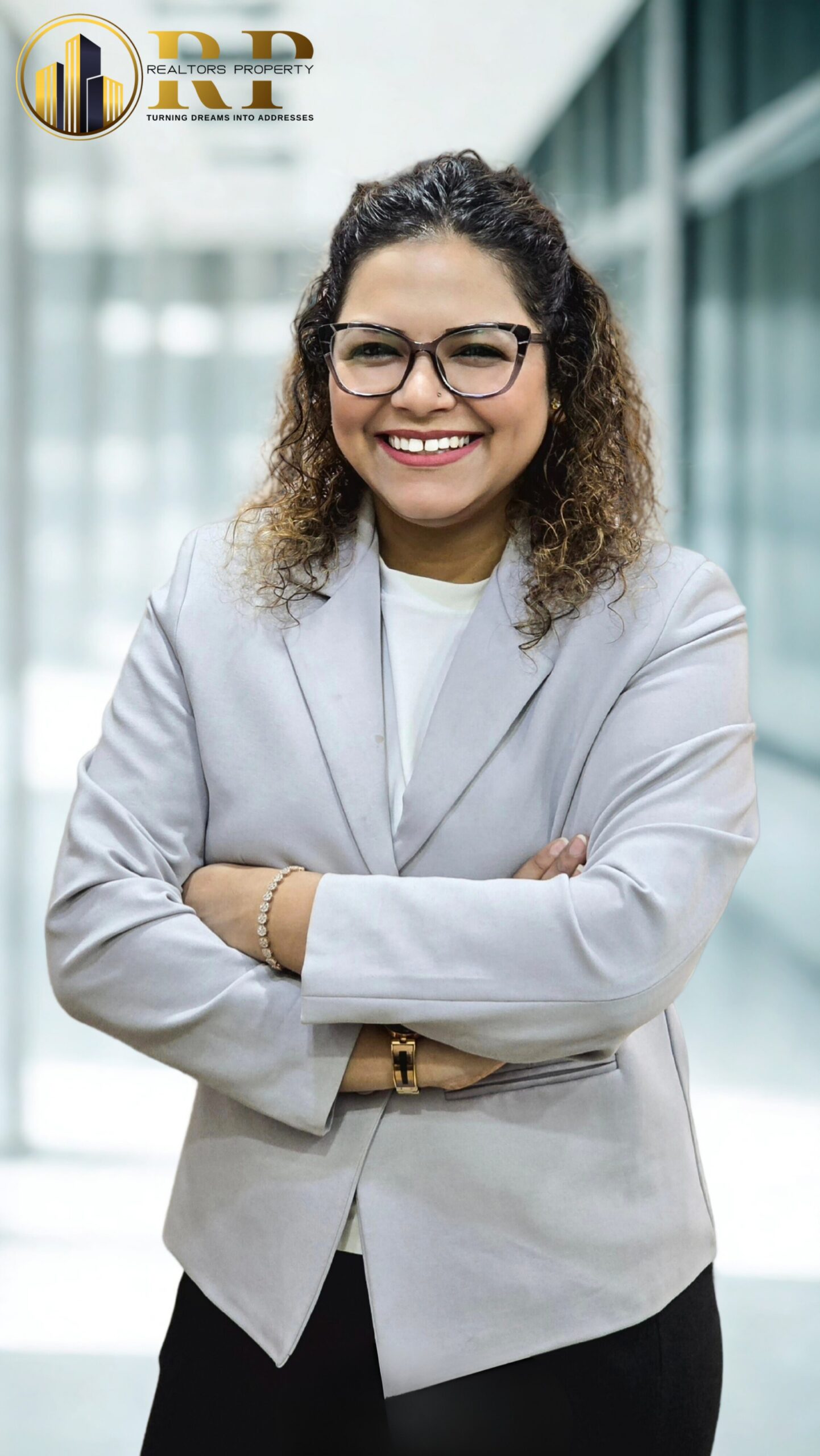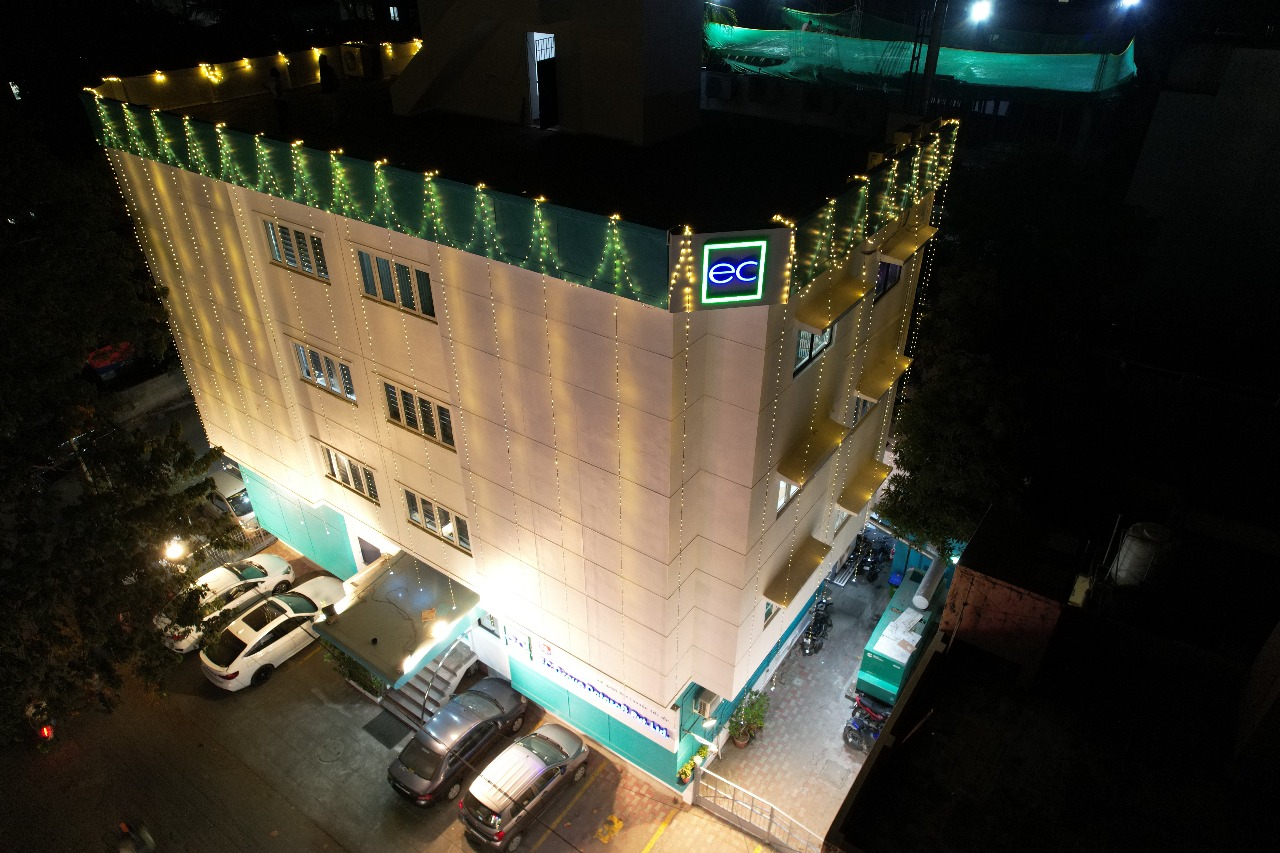Redefining Healing Through Dance: The Transformative Work of Nupur Mukherjee In an era where therapy often relies solely on clinical interventions, Nupur Mukherjee has emerged as a pioneering figure in integrating classical dance with therapeutic practice. A respected dance therapist, educator, and social advocate, she has redefined the purpose of dance by transforming it into a powerful medium of healing for children with special needs. Her work bridges tradition with innovation, culture with compassion, and performance with profound social impact. Over the past several decades, she has committed herself to the cause of inclusive therapy, leveraging Bharatanatyam and other classical Indian dance forms to aid children with developmental and motor disabilities. What began as a sincere desire to help evolved into a career marked by groundbreaking work in alternative therapy. Through structured dance therapy sessions, she has facilitated significant improvements in motor skills, emotional regulation, and social interaction in over a hundred children. Her therapy sessions are not merely about movement—they are about connection. Each gesture, rhythm, and expression is carefully designed to build coordination, boost confidence, and restore emotional balance in her students. The results are not only visible in the children’s physical progress but also in their emotional development, bringing renewed hope to families facing seemingly insurmountable challenges. International recognition followed soon after. For four consecutive years, she was invited to Japan as a special guest, where she conducted performances and workshops that left a lasting impression on global audiences. The resonance of her work even led to discussions about establishing a sister school in Japan, underscoring the universality of her approach. Though the project remains in development, the invitation itself affirmed the global relevance of her mission. Central to her philosophy is the belief that classical dance, particularly Bharatanatyam, possesses innate therapeutic properties. She has found that the dance’s disciplined structure, symmetrical movements, and expressive storytelling can be transformative for children dealing with cognitive and physical limitations. However, her empathy extends beyond her students. She recognized early on that the caregivers—especially mothers—often suffer silently under the weight of emotional stress, isolation, and despair. Her pioneering research into the psychological well-being of mothers of special needs children opened a new frontier in dance therapy. She developed specialized workshops that provide these mothers a space for emotional expression, healing, and personal growth. By offering them the same grace and attention she gives their children, she underscores the need for holistic, family-centered care in therapy. This dual focus—on both the child and the caregiver—sets her work apart. She understands that true healing is not confined to one individual; it ripples outward, touching the entire family and community. Her inclusive approach, deeply rooted in empathy and artistic discipline, has inspired many to reimagine the potential of dance in therapeutic settings. Her work has earned her several prestigious awards over the years. She received the Maria Montessori Award in 2016 for her contributions to inclusive education and was honored by the Press Club in 2017 for her service to the community. In 2019, she received the Bismillah Khan Award from the Bihar State Academy of Sports for the Disabled—an especially notable achievement in a field typically reserved for athletes. These accolades are not merely acknowledgments of her talent but affirmations of her unwavering commitment to using the arts as a tool for social transformation. Today, she continues to inspire as the founder of Tulir Taney, a dance school and registered organization dedicated to promoting dance movement therapy. Through her, children with disabilities are gaining more than physical agility—they are discovering joy, confidence, and belonging. Meanwhile, mothers are finding a renewed sense of identity and emotional relief. In a world increasingly hungry for compassionate innovation, her work stands as a beacon. With every performance, workshop, and research initiative, she demonstrates that dance is not just an art form—it is a language of healing, inclusion, and empowerment. Through rhythm and resilience, she continues to leave indelible footprints in the hearts of those she serves
*************************






